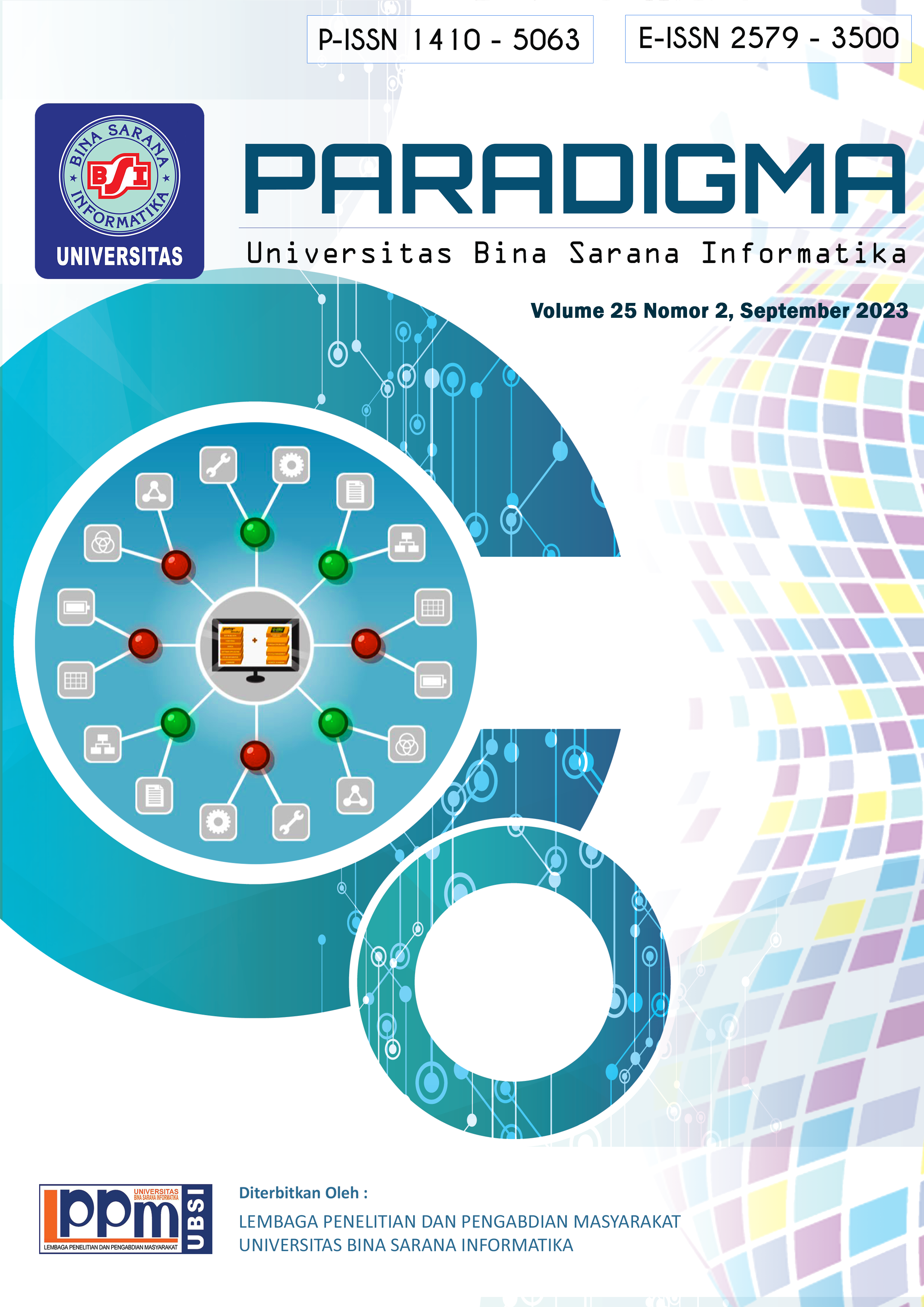Adaptive Delta Modulation Simulation and Analysis Using MatLab
DOI:
https://doi.org/10.31294/p.v25i2.2151Keywords:
ADM, Speech Processing, Speech CompressionAbstract
The system for converting analog signals to digital signals has become a necessity, considering that the tools currently used are digital computers. One of the analog-to-digital conversion systems is the delta modulation system. In delta modulation, only one bit is used to encode each change in the input signal, where a rising signal is encoded into a one bit and a falling signal is encoded into a zero bit. This can save the bit rate which, when transmitted over the transmission channel, can save the transmission bandwidth, and when stored in computer storage media, can save storage space. However, if the slope of the signal rises and falls sharply, the delta modulation system cannot follow these signal changes, which is called slope overload. To overcome this problem, an adaptive delta modulation system was developed that has variable or adaptive pulse height for both one and zero bits. In this paper, a comparison between the delta modulation system and the adaptive delta modulation system using MatLab application will be simulated and analyzed. From the simulation results, it can be seen that the adaptive delta modulation system is able to overcome slope overload compared to the delta modulation system.
Downloads
Published
How to Cite
Issue
Section
License
Copyright (c) 2023 Djadjat Sudaradjat, Andi Rosano

This work is licensed under a Creative Commons Attribution-ShareAlike 4.0 International License.
Paradigma is an open-access article distributed under the terms of the Creative Commons Attribution-ShareAlike 4.0 International License (https://creativecommons.org/licenses/by-sa/4.0/) , This license permits: Share — copy and redistribute the material in any medium or format for any purpose, even commercially, Adapt — remix, transform, and build upon the material for any purpose, even commercially.




















 Jl. Kramat Raya No.98, Kwitang, Kec. Senen, Kota Jakarta Pusat, DKI Jakarta 10450
Jl. Kramat Raya No.98, Kwitang, Kec. Senen, Kota Jakarta Pusat, DKI Jakarta 10450
